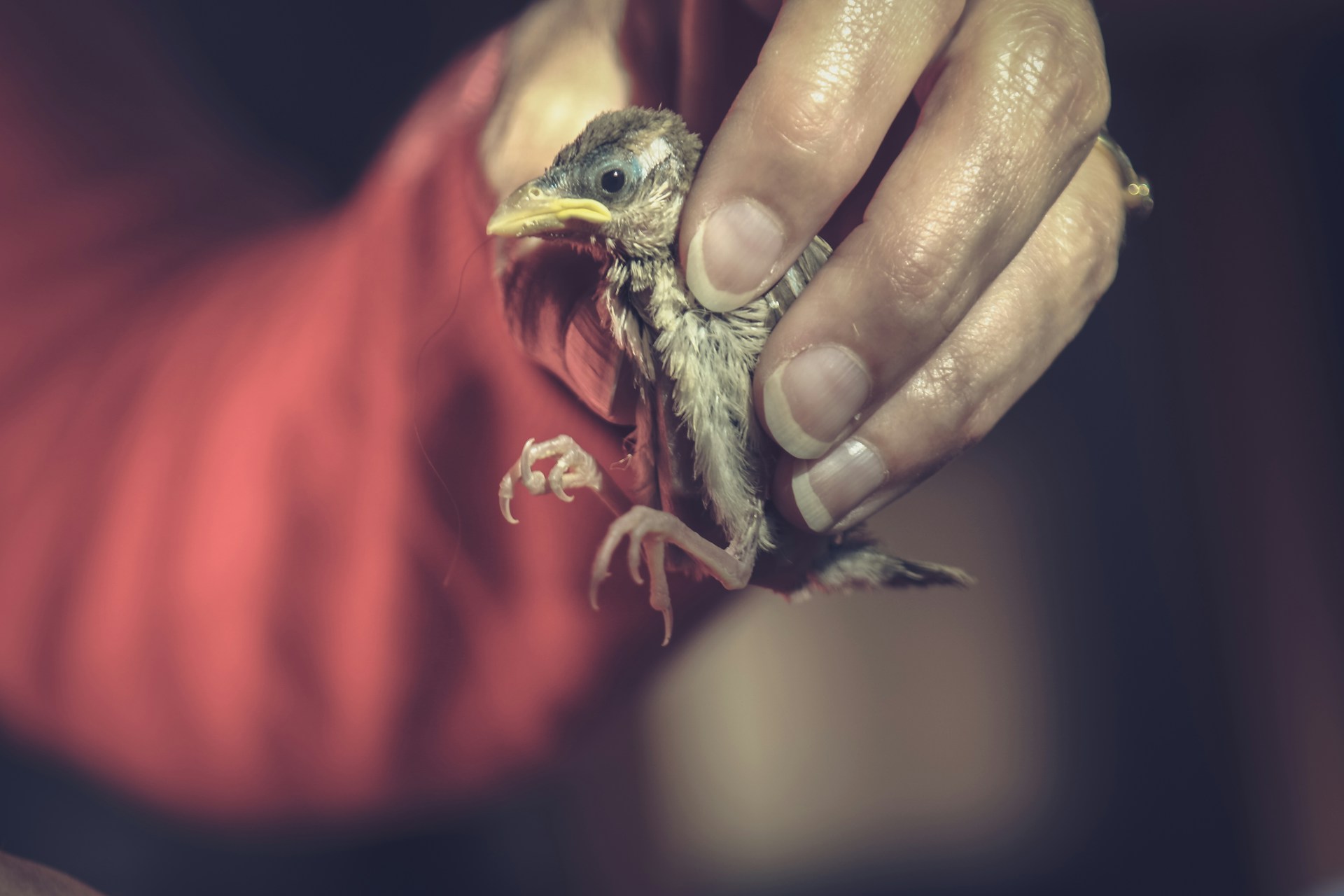Introduction
Few sights in nature are as captivating as the lightning-fast flitting of a hummingbird. For outdoor enthusiasts in the USA, setting up a feeder to attract these mesmerizing creatures can turn an ordinary garden into a haven of vibrant life. However, the responsibility of maintaining hummingbird feeders cannot be taken lightly.
Ensuring your feeder is a safe source of nourishment is crucial. Spoiled nectar, harmful additives, and unsanitary conditions can turn good intentions into harmful practices. This article aims to provide you with essential and practical tips for maintaining safe hummingbird feeders, so your backyard continues to be a sanctuary for these delicate birds.
The Dangers of Hummingbird Feeders
Feeding hummingbirds is not without its risks. Here’s what you need to look out for:
- Spoiled Nectar: Sugar-water solutions can become breeding grounds for bacteria and fungi soon after they’re mixed, especially in larger feeders that aren’t consumed quickly. This can lead to dangerous fungal and bacterial infections in hummingbirds.
- Red Dye: Commercial hummingbird food often contains red dye, which is unnecessary and can be harmful. Some chemicals in these dyes can be toxic to birds.
- Incorrect Sugar Types: Using brown sugar, honey, or artificial sweeteners can pose severe health risks to hummingbirds. Plain white granulated sugar is the only safe option.
- Insect Traps: While designed to keep out bees and wasps, poorly designed insect traps can accidentally ensnare and kill hummingbirds.
Best Practices for Hummingbird Feeder Maintenance
Maintaining a clean and safe feeder can significantly reduce the risks to hummingbirds. Here’s how to do it right:
- Cleanliness Is Crucial: Clean your feeders thoroughly every 2-3 days using hot, soapy water and a brush, and more frequently in hot weather. Avoid dish soaps that can leave harmful residues; a weak vinegar solution or hot tap water is safer.
- Change Nectar Regularly: Replace the nectar every 2-3 days, or immediately if you observe mold or cloudiness. Nectar can spoil quickly, especially in warm weather, presenting significant risks of spoiled nectar for hummingbirds.
- Proper Sugar-Water Ratio: The tried-and-true formula is 1 part plain white sugar to 4 parts water. Boil the mixture briefly to dissolve the sugar and slow down spoilage.
- Avoid Red Dye: Opt for clear nectar or use red-colored feeders. The effects of commercial red dye on birds can be detrimental, potentially leading to health issues like tumors and cancer.
Choosing the Right Feeder
Your choice of feeder design can also influence the health of visiting hummingbirds:
- Safe Design: Select feeders that are easy to disassemble and clean. Avoid those with hard-to-reach areas that can harbor mold and bacteria.
- Ensure your feeders don’t have insect traps that can inadvertently harm hummingbirds. Look for feeder designs that prevent bees and ants from accessing the nectar without risking the birds.
Troubleshooting Common Issues
Even the most diligent feeder keepers can run into problems. Here are some tips on addressing them:
- Recognizing Sick Hummingbirds: If you spot an unusually lethargic hummingbird, take immediate action. Remove the feeder, clean it thoroughly, and observe any changes. Sick birds can indicate issues with feeder hygiene or contamination.
Advanced Tips for Hummingbird Enthusiasts
For those looking to go beyond the basics, here are some advanced tips:
- Weather Considerations: In extremely hot weather, place feeders in the shade or add ice cubes to the nectar to keep it cool and minimize spoilage.
- Consistency and Patience: If your feeders have gone dry, it may take a while for hummingbirds to return. Keep them filled consistently to build trust with your feathered visitors.
Conclusion
Maintaining a safe and healthy feeder is essential for the well-being of hummingbirds. By adhering to these best practices, you can ensure that your feeders remain a safe harbor rather than a hazard.
Remember to:
- Clean feeders every 2-3 days with hot, soapy water or vinegar.
- Use 1 part plain white sugar to 4 parts water for your nectar solution.
- Avoid using red dye; opt instead for clear nectar or red-colored feeders.
We encourage you to follow these guidelines rigorously and share your experiences and tips in the comments below. Together, we can create safer environments for these enchanting creatures.

